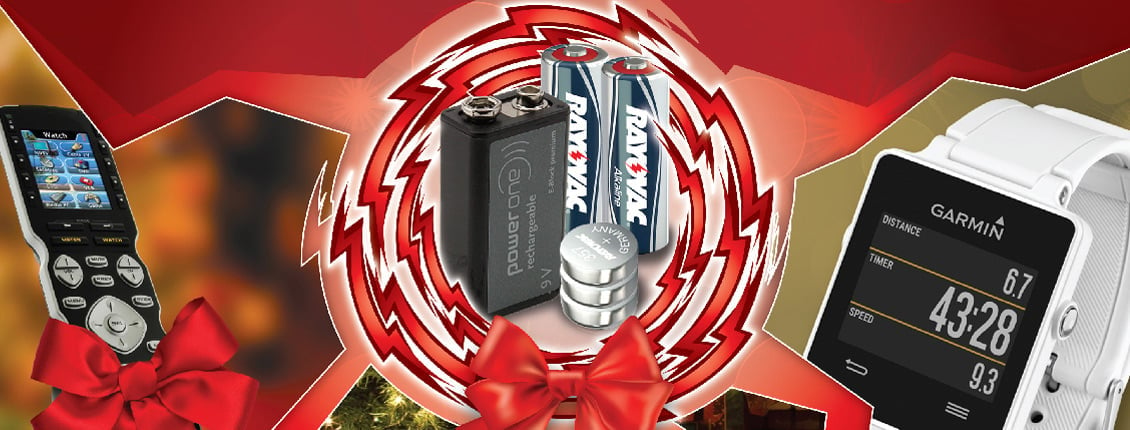
Mighty in power; many confusing sizes
Updated June 28, 2019: The battery lies at the heart of almost every cool tech device. But why are there so many?
Origins of battery types
The concept of a battery is old—well over 200 years! Even longer, if the intriguing “Parthian” or “Bagdad” 2,000 year old device is counted.
Batteries began as scientific curiosities. Then, they shifted to practical applications with the inventions of the telegraph and telephone. A lead acid variant appeared in 1859 and became the first rechargeable battery. In 1896 the carbon-zinc battery went into production. It became the first standard cell battery for widespread consumer use. Amazingly, it is still in use today.
Battery configurations and the latest tech always go hand in hand, even back in the day:
- 1898: D cells for flashlights and radios
- 1907, AA batteries and small penlights
- 1954, AAA batteries developed to reduce the size of consumer cameras
- 1956, nine-volt batteries and transistor radios
- 1980s, button/coin cells and compact devices
- 1990s, AAAAs and laser pointers
As tech innovates, there are more and more battery sizes, kinds and chemistries.
Primary battery types—the nonrechargeables
When recharging is impractical or impossible, the choice is a primary battery. Typical applications include flashlights, clocks, remotes and toys.
The most popular battery today is alkaline. It is recommended for high-drain devices like headlamps, toys and digital cameras.
High-drain devices also use lithium batteries. But users need to watch out for the voltage specs on lithium so the device doesn’t burn out.
Carbon-zinc batteries are ideal for low-drain devices like clocks and remotes. OEMs spec these due to their low cost.
Secondary battery types—the rechargeables
Secondary batteries are best for devices in constant use, like cell phones and portable electronics. The most common are lead-acid, NiMH and Li-Ion rechargeable batteries.
The NiCd was invented in 1899. For years it was the only rechargeable for portable applications. In the 1990s, cadmium fell into disfavor due to environmental concerns. As a result, this led to the NiMH battery. Li-Ion batteries appear about the same time.
Most advances in rechargeables today involve Li-Ion technology. Researchers are also exploring a number of exotic materials and shapes. The batteries in the future should be very interesting indeed!
Of course, both primary and secondary batteries eventually need replacement. Phones, laptops, etc. use custom batteries. Dantona Industries, with its wide variety of primary batteries and secondary replacement batteries, is a great go-to source.
Understanding The Alphabet of Sizes
Around 1917, the National Institute of Standards and Technology developed the basic alphabet nomenclature. However, manufacturers want consumers to buy their own branded batteries. As a result, newer batteries often have multiple designations. This muddies the water further.
If you don’t have access to a cross-reference chart for the most common battery types, here are links to some charts:
- Duracell‘s chart
- Maxell‘s micro battery chart
- Batteries in a Flash watch battery chart
Embrace the maze of consumer battery types
According to Environment, Health and Safety Online, people are using more and more household batteries. About 3 billion batteries are sold annually in the US. This averages about 32 per family or 10 per person.
So don’t skimp on batteries. Cross-promote! Display the replacement ones next to the devices you sell. Stock popular sizes near your checkout. Battery types in all their flavors are here to stay for many years to come.
Battery University is a wonderful online resource and was the source for much of the background information used in this blog.
